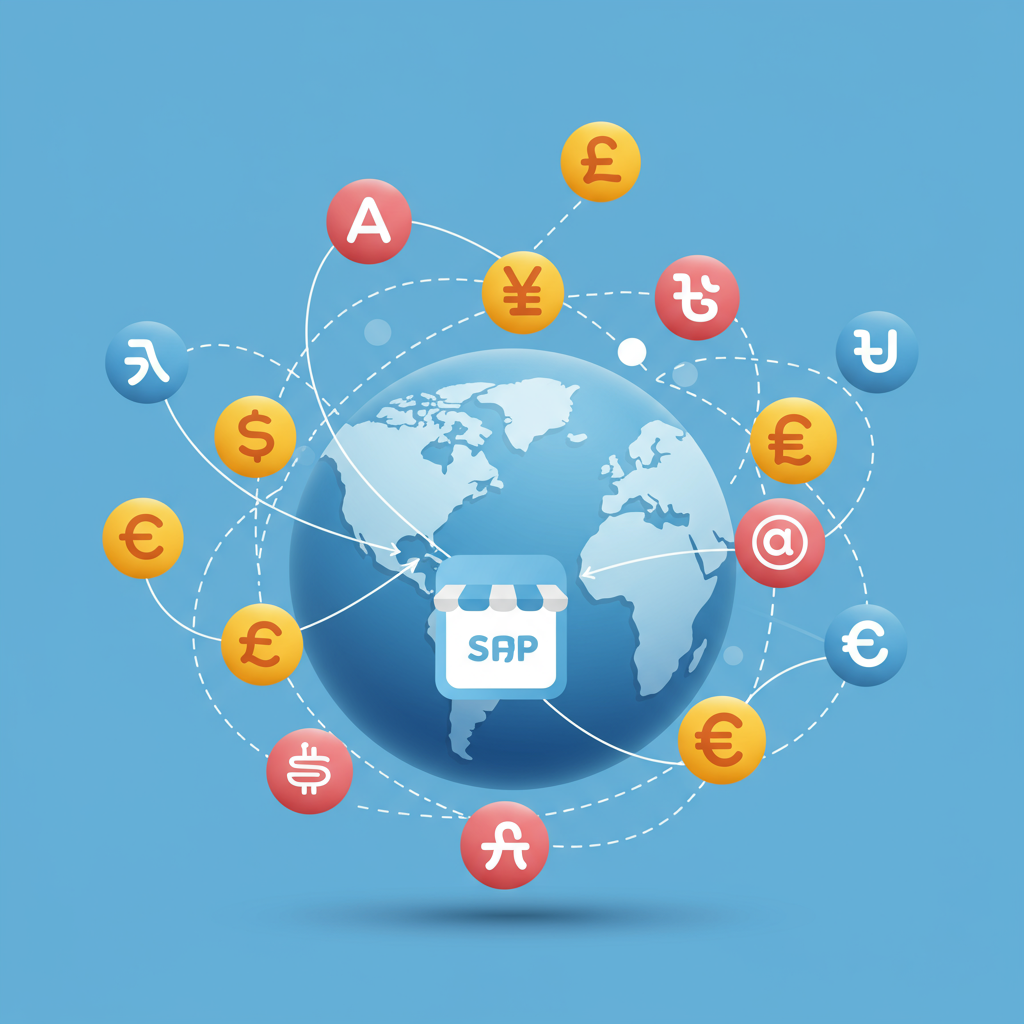Discover how to optimize your Shopify store for international audiences and boost your global sales.
Hey there, fellow Shopify merchants! I’m here today to talk about something incredibly powerful that can unlock massive growth for your store: multi-language SEO.
In an increasingly globalized world, limiting your store to a single language means you’re leaving a significant portion of potential customers on the table. Think about it – not everyone speaks English, or prefers to shop in it.
By optimizing your Shopify store for multiple languages, you’re not just translating words; you’re opening doors to new markets, building trust with diverse audiences, and ultimately, boosting your sales.
I’ve seen firsthand the impact of a well-executed multi-language strategy. It’s not just about having content in different languages; it’s about making sure search engines understand and correctly serve that content to the right users.
Shopify has made great strides in supporting multi-language stores. Gone are the days when it was a massive headache requiring complex workarounds. Now, we have built-in features and robust app integrations.
Shopify’s native multi-language capabilities allow you to translate your store’s content directly within the admin. This includes product descriptions, collection titles, blog posts, and even checkout pages.
Before we dive into the technical SEO, let me emphasize this: machine translation is a good start, but for truly effective multi-language SEO, you need high-quality, human-level translation.
It’s not just about translating text; it’s about localization. This means adapting your content to the cultural nuances, currency, and even payment methods preferred by your target audience in each region.
The core of multi-language SEO: Hreflang. This is perhaps the most critical technical aspect. Hreflang tags tell search engines which language and geographical region a specific page is targeting.
How Hreflang works: Essentially, if you have an English page and a Spanish page for the same product, hreflang tags tell Google, “Hey, these two pages are about the same thing, but one is for English speakers and the other for Spanish speakers.”
Without correct hreflang implementation, search engines might see your translated pages as duplicate content, which can negatively impact your rankings. Hreflang prevents this confusion.
Thankfully, when you use Shopify’s native multi-language features or well-integrated apps, Shopify often handles the hreflang tags automatically for you in the backend. Always double-check, though!
How you structure your URLs is another key SEO consideration. There are generally three main approaches: subdirectories, subdomains, and country-code top-level domains (ccTLDs).
Subdirectories (e.g., yourstore.com/es/product): This is often the preferred method for Shopify stores. It’s easy to implement, and search engines generally see all content as part of the same domain, consolidating SEO authority.
Subdomains (e.g., es.yourstore.com): While viable, subdomains are often treated as separate entities by search engines, meaning you might have to build SEO authority for each subdomain independently.
ccTLDs (e.g., yourstore.es): These are great for strong country targeting but require separate domains, which can be more complex and costly to manage, and are less common for typical Shopify setups.
Shopify typically uses subdirectories (e.g., yourstore.com/fr for French) when you enable multi-language, which is an excellent SEO-friendly choice.
Don’t just translate your product descriptions! Your meta titles, meta descriptions, image alt text, and even URL slugs (if possible) should also be translated and localized.
This is crucial. A direct translation of a keyword might not be the most popular or relevant term in another language. Conduct separate keyword research for each target language.
Beyond product pages, consider translating and localizing your blog posts, FAQs, and customer service pages. This builds trust and provides valuable information to your international audience.
Once your multi-language store is live, make sure to add all language variations (e.g., yourstore.com/fr, yourstore.com/es) as separate properties or URL prefixes in Google Search Console.
For ccTLDs or subdomains, you can set geotargeting in GSC. For subdirectories, Google usually figures it out based on hreflang and content, but monitoring is key.
While challenging, acquiring backlinks from relevant, authoritative websites in your target countries can significantly boost your international SEO. Think local directories, industry blogs, etc.
Beyond SEO, a seamless user experience is paramount. Ensure your language switcher is prominent and easy to use. Test your store’s functionality in each language.
Regularly check your international rankings, traffic, and conversions using tools like Google Analytics and Google Search Console. Are your efforts paying off? Adjust as needed.
Embracing multi-language SEO for your Shopify store isn’t just a technical task; it’s a strategic business decision that can open up incredible opportunities for growth.
Remember, SEO is never a “set it and forget it” endeavor. Continuously monitor, optimize, and adapt your strategy as your business and the global market evolve.
I’ve shared my insights on navigating multi-language SEO for Shopify. What do you think about this article? I’d love to hear your thoughts or any experiences you’ve had!






